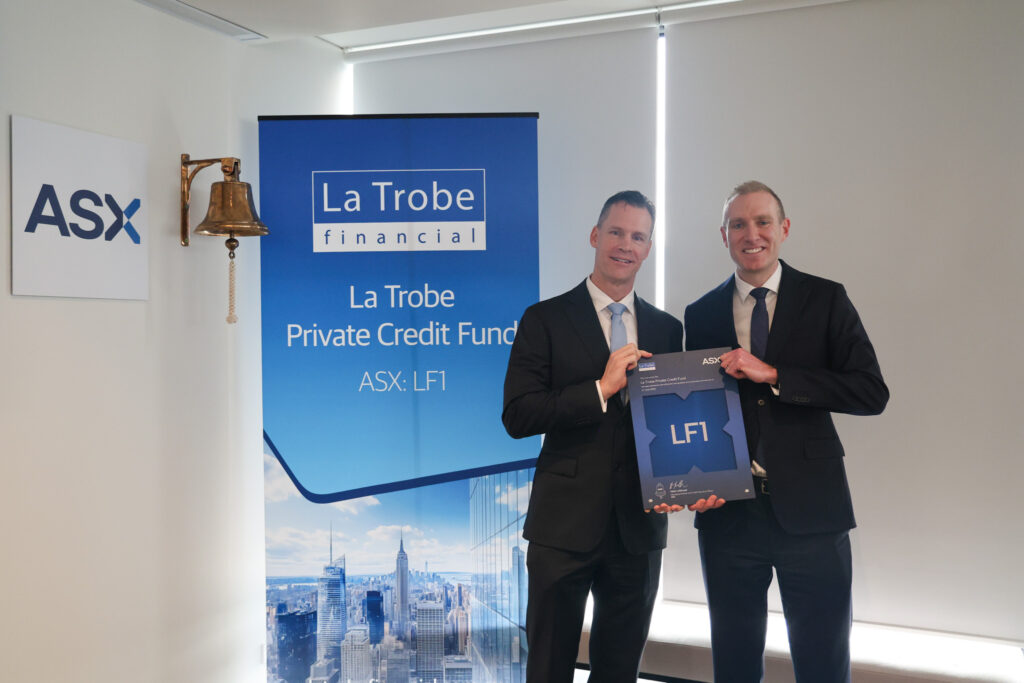
La Trobe Financial Private Credit: LF1 Live on the ASX
We are delighted to announce that La Trobe Financial Private Credit: LF1 is now live on the ASX. Hear from our Chief Investment Officer, Chris Paton.

La Trobe Private Credit Fund (ASX: LF1) Webinar
If you have not been able to join our webinars, a recorded webinar is available to be viewed at your convenience. In these sessions, we go deep into the strategy, the underlying portfolios, and cover a wide range of Q&As.

No Surprises at La Trobe Financial
Long-term readers will know that we have been vocal in our calls for markets –public and private – to embrace transparency. After all, sunlight is the best disinfectant.

The More Things Change…
With inflation coming back under control, and the beginning of interest rate cutting cycles across some developed economies, the final months of 2024 saw some semblance of certainty. After all, markets love certainty. Over in the US we saw stock markets surging. Here in Australia the ASX200 hit a series of all-time highs across the calendar year. From the ‘perma-crisis’ of the COVID era, this was a welcome change.
Subscribe to our retail investor updates
Stay up-to-date with the latest financial news, trends, and insights. Subscribe to our newsletter and receive exclusive content and special offers delivered straight to your email.